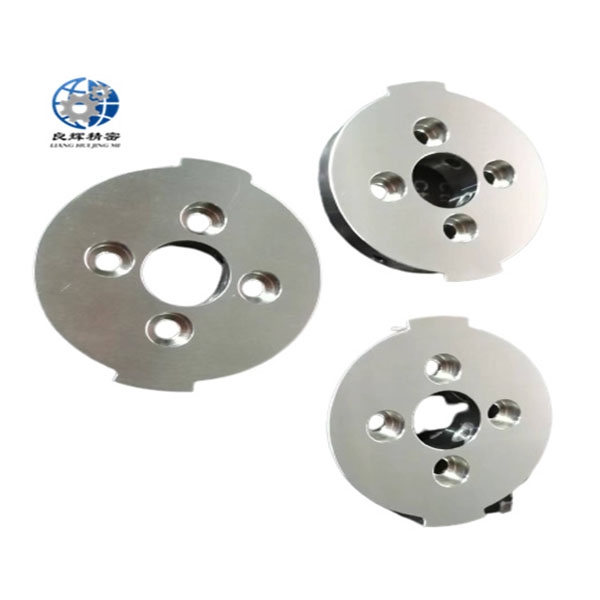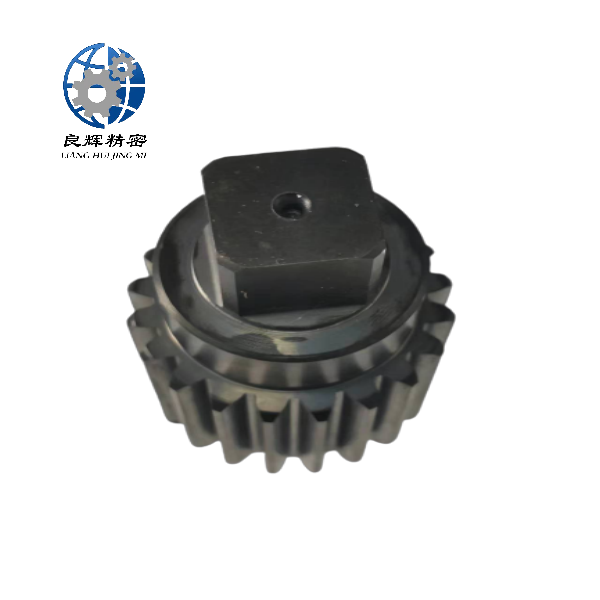齒輪加工機(jī)床的種類繁多,構(gòu)造各異:
要求:刀具的切削刃形狀與被切齒輪的齒槽形狀相吻合。
優(yōu)點(diǎn):機(jī)床較簡單,可利用通用機(jī)床加工。
缺點(diǎn):
1.每加工完一個(gè)齒槽后,工件需要周期地分度一次,生產(chǎn)率也較低。
2.加工出來的齒形是近似的,加工精度較低;
3.對(duì)于同一模數(shù)的齒輪,只要齒數(shù)不同,齒廓形狀就不相同,需采用不同的成形刀具;
滾齒法
母線(漸開線):采用成形法,機(jī)床不需要表面成形運(yùn)動(dòng)。形成導(dǎo)線(直線):相切法。機(jī)床需要兩個(gè)成形運(yùn)動(dòng)。一個(gè)是銑刀的旋轉(zhuǎn)B1,一個(gè)銑刀沿齒坯的軸向移動(dòng)A。兩個(gè)都是簡單運(yùn)動(dòng)。銑完一個(gè)齒后,銑刀返回原位,齒坯作分度運(yùn)動(dòng)——轉(zhuǎn)過360º/z(z是被加工齒輪的齒數(shù)),然后再銑下一個(gè)齒槽,直至全部齒被銑削完畢。
There are various types and structures of gear machining machines:
Requirement: The cutting edge shape of the tool should match the tooth groove shape of the gear being cut.
Advantages: The machine tool is relatively simple and can be processed using general-purpose machine tools.
Disadvantages:
After each tooth groove is processed, the workpiece needs to be divided periodically, and the productivity is also relatively low.
2. The processed tooth profile is approximate and the machining accuracy is relatively low;
3. For gears with the same module, as long as the number of teeth is different, the tooth profile shape is different, and different forming tools are required; Gear hobbing method
Busbar (involute): Using forming method, the machine tool does not require surface forming motion. Forming a wire (straight line): Tangent method. Machine tools require two forming movements. One is the rotation B1 of the milling cutter, and the other is the axial movement A of the milling cutter along the tooth blank. Both are simple exercises. After milling a tooth, the milling cutter returns to its original position and the tooth blank undergoes indexing motion - turning 360 degrees/ Z (z is the number of teeth of the processed gear), and then mill the next tooth slot until all teeth are milled.









